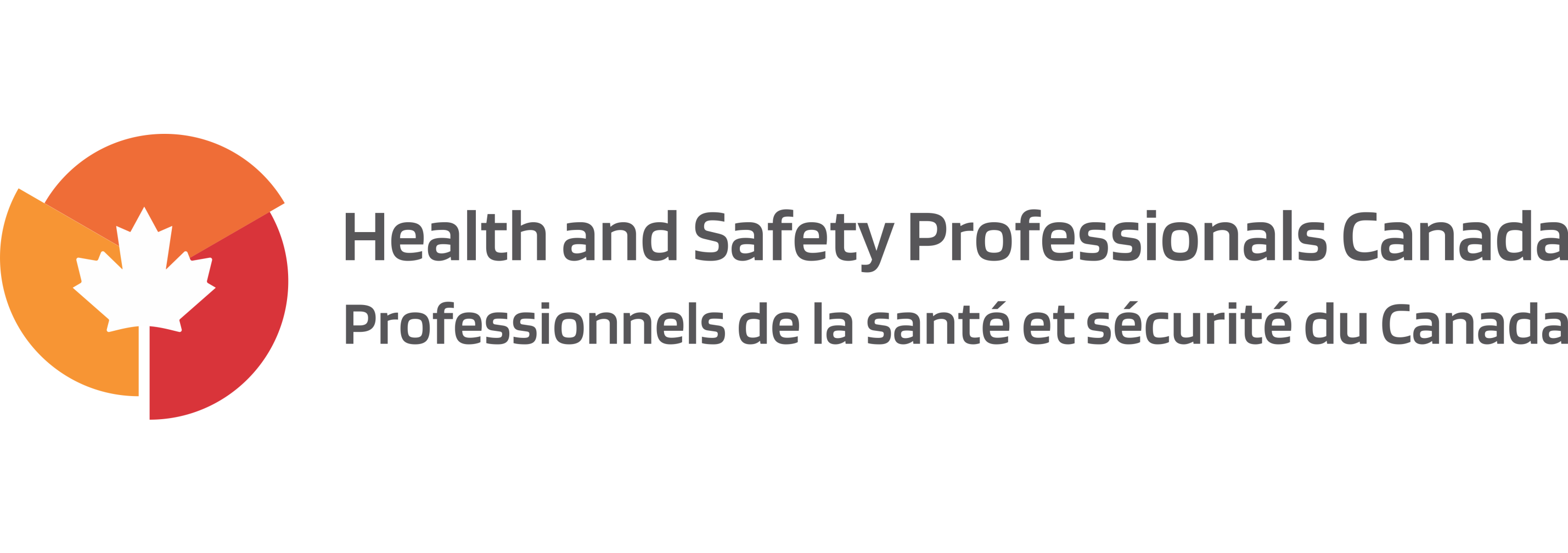Tuesday, September 18, 2018 (1:30 pm - 2:45 pm)
Session
5A
Date
Tuesday, September 18, 2018
Time
1:30 pm - 2:45 pm
Classification
All Audiences
Title of Presentation
Safety Metrics - Are They Measuring Up?
Session Description
Measurement
Learning Objectives
Recognize properties of traditional safety metrics.
Identify problems with traditional safety metrics.
List alternatives to traditional safety metrics.
Speakers
Ms. Tanya Hewitt
Human and Organizational Performance Specialist
Company
Human and Organizational Performance Division of the Canadian Nuclear Safety Commission
Bio
Tanya Hewitt recently received her
Session
5B
Date
Tuesday, September 18, 2018
Time
1:30 pm - 2:45 pm
Classification
All Audiences
Title of Presentation
Enhance Your Hazard (Risk) Assessment Program!
Session Description
This presentation will address some common pitfalls that are associated with the safety risk (hazard) assessment program and provide some valuable insight for implementing a stronger Risk assessment program, in an organization.
Learning Objectives
Identify the common pitfalls that undermine a risk assessment program.
Understand some key measures for implementing a successful risk assessment in an organization.
Case study examples that can be
Speakers
Mr. Gladstone Isaac
Environment, Health and Safety Manager
Company
Indalco Alloys, Lincoln Electric Company of Canada
Bio
Gladstone is the EHS Manager for Indalco Alloys- a Lincoln Electric company manufacturing of processed aluminum welding wires and products. he holds
Session
5C
Date
Monday, September 17, 2018
Time
1:30 pm - 2:45 pm
Classification
All Audiences
Title of Presentation
Learning from Multiple Incidents in a Structured Manner Using Scenario-based Incident Registration
Session Description
Many high hazard industries use bowties to analyze and assess risks. In the bowtie risk analysis model, barriers are identified which aim to prevent, control or mitigate unwanted scenarios and that may have health and safety, as well as production and quality impacts.
However, despite best effort risks assessments, incidents and close calls may still occur. When they do, organizations typically conduct investigations to come up with recommendations to avoid similar situations in the future. Unfortunately, in many
Scenario-based Incident Registration (SIR) aims to provide a more structured process. A user selects a specific scenario from a set of bowties (from
The Dutch National Institute for Health and Environment has used a similar process to map over 23,000 incidents on standardized bowties. The aggregated data gave them unique insight into which scenarios are most likely to lead to incidents and which barriers fail most commonly for which reasons. This has helped them to provide the overall Dutch industries with guidance on where to focus their efforts to improve health and safety performance.
Learning Objectives
Understand barrier based risk management and bowtie
Recognize the benefit of structured incident registration using the bowtie method.
Learn from multiple incidents and how to improve barrier performance.
Speaker
Ms. Emma Verschoor
Product Manager
Company
CGE Risk Management Solutions
Bio
Emma has her bachelors’ degree in Aviation Logistics and before she started working for CGE Risk Management Solutions she was involved in a project about learning from multiple incidents using the bowtie methodology. She currently is a product manager and provides training and services in barrier-based risk management for industries from oil and gas to healthcare.
